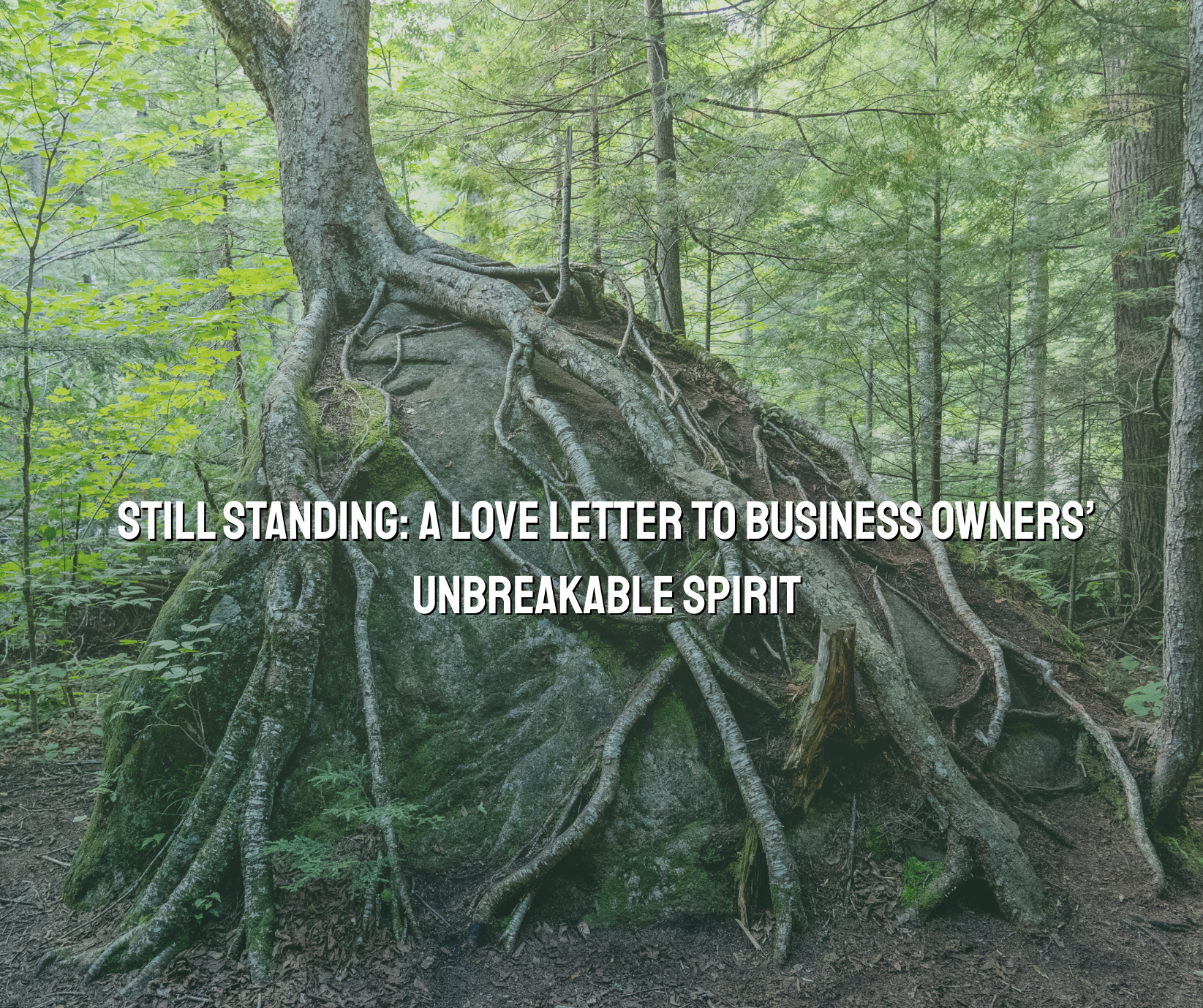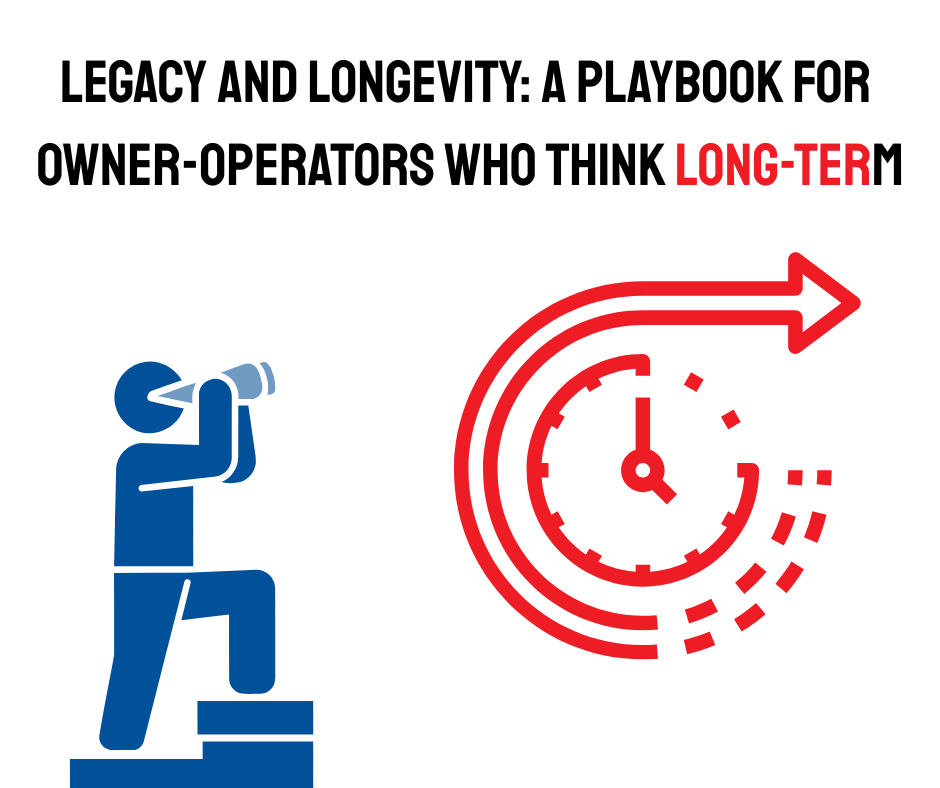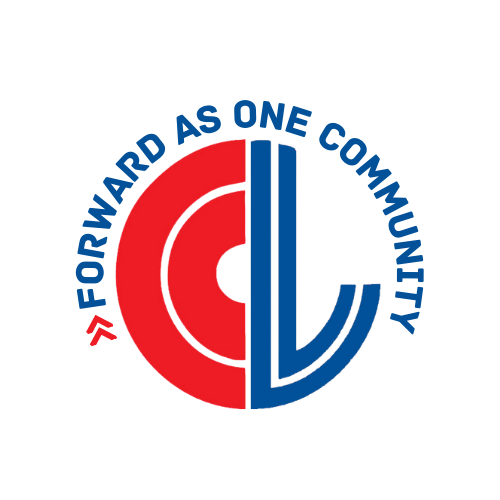Unwrap the Magic: Using Nostalgia to Boost Holiday Sales This Small Business Season
It’s the most wonderful time of the year. Cozy lights, warm smells, family nearby, and cheap gifts from big box stores, right?
Not so fast! While the convenience of online giants can't be denied, small businesses have a secret weapon: the power of nostalgia, tradition, and beloved memories.
This holiday season, you can tap into those warm, fuzzy feelings to create a marketing campaign that truly resonates with your customers and beats big every time. Here’s how:
Evoke the Spirit of Holidays Past
Remember the excitement of visiting a local toy store as a kid? Or the aroma of freshly baked goods wafting from the bakery down the street? There are certain sensory memories that are hard to forget, and they lead to purchases. (I’m a sucker for apple cider donuts—and see them as an undeniable sign that fall is here—because they were special treats when we were kids. You can play on these same types of memories.)
Here’s how to capitalize on sensory experiences and powerful memory triggers:
- Decorate with a nostalgic touch: Think vintage ornaments, classic holiday colors, and cozy displays that evoke a sense of yesteryear. Yeah, that tinsel may not fit in with today’s more neutral palate, but Gen Xers (especially) love nostalgic nods to their youth, no matter how gaudy.
- Share heartwarming stories: Use your marketing channels to share stories about your business's history, family traditions, or how your products played a role in holiday celebrations. You can also share your own holiday memories of “businesses gone by.” Reminding people of all the wonderful businesses that are no longer around can illustrate the importance of their support in much the same way the Ghost of Christmas past showed old Ebeneezer Scrooge what he no longer had in Dickens’ A Christmas Carol.
- Create a sensory experience: Engage all five senses. Play classic holiday music, offer festive treats, and use scents like cinnamon or pine to transport customers to a magical holiday wonderland.
A quick word about the science of scent: Scent is extremely powerful in evoking memory and if it works for your business, you should use it. The olfactory system, which processes smells, has a direct connection to the parts of the brain involved in memory and emotion. Smells bypass the cognitive processing that other senses undergo, making the connection between smell and memory more immediate. Additionally, smells are often linked to emotional experiences. For example, the smell of freshly baked sugar cookies might evoke memories of waiting for Santa.
Become Part of New Traditions
Even if you’re new to the area and are thinking, “My place isn’t associated with memories or holiday traditions,” today is a great day to start. You can become part of your customers' evolving holiday traditions by:
- Hosting unique events. Parents with littles, people with out-of-town guests, and a host of others are looking for activities to keep their friends and family busy and get them in the “holiday spirit.” Think cookie decorating classes, holiday-themed workshops, or special shopping nights with exclusive discounts.
- Offering personalized gifts: Provide gift-wrapping services, personalized ornaments, or custom gift baskets to make holiday shopping more meaningful.
- Supporting local causes: Partner with a local charity or community group to give back during the holidays and show your commitment to your community. Some businesses have Angel Trees or collect toys for a nonprofit.
Realize Community is Key
Your business can thrive by building community connections.
- Run contests encouraging customers to share their favorite holiday memories or traditions associated with your business.
- If you sell handcrafted goods, showcase the stories of the makers behind them.
- Participate in Small Business Season and celebrate shopping local. Team up with the chamber and other small businesses in your area to promote the benefits of shopping small.
Embrace the Digital World
Nostalgia isn't just for your brick-and-mortar store. Use your online presence to evoke those same warm feelings. Post old photos of your business or town during the holidays on social media. Incorporate vintage-inspired graphics and fonts in your email marketing and social media posts. Create a "holiday memories" board on Pinterest. Curate images that evoke a sense of nostalgia and link them back to your products or services.
Additionally, if you offer an online store, make sure people know about it. Often they buy online from box stores because they don’t think about their local store selling on the internet. Market your online offers as well.
The convenience of online shopping is undeniable, but convenience is not as memorable as an experience. Small businesses offer something money can't buy: a genuine connection to the community and the magic of the season. By tapping into the power of nostalgia and tradition, you can create a holiday marketing campaign that not only drives sales but also builds lasting relationships with your customers.




